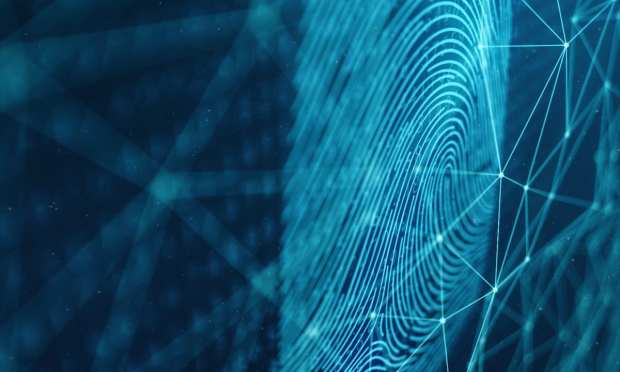Amazon Expands Palm Biometrics In Seattle

Three more Amazon Go stores in Seattle are being equipped with Amazon One palm-reading biometric identification scanners, Geekwire reported on Monday (Feb. 1).
The eCommerce giant already added the palm scanning equipment to one Seattle store, and is planning to add it two more locations soon, bringing the total to eight. Amazon first launched the technology in September as an alternative to using a QR code or app to enter its automated Go stores.
The technology enables customers to use their palm as an identification and payment method by waving their hand over the scanner when entering Amazon Go stores. Amazon anticipates that its palm-reading biometrics tech will expand across more industries as an identification and payments tool.
Amazon said its technology can be used for in-store payments, accessing office buildings, and other commercial settings.
“The service is designed to be highly secure and uses custom-built algorithms and hardware to create a person’s unique palm signature,” Dilip Kumar, vice president of Amazon Physical Retail, said in a press release.
“We also plan to offer the service to third parties like retailers, stadiums, and office buildings so that more people can benefit from this ease and convenience in more places,” he added.
Contactless palm-reading technology offers more privacy than other biometric tools because a person’s identity isn’t revealed, according to Amazon. The Amazon One device is secured by multiple controls and palm images are encrypted and sent to a “highly secure area we custom-built in the cloud” where the customer’s unique palm signature is stored.
Amazon is not the first company to launch palm-reading tech and so far, it hasn’t had long-term success. The grocery chain Piggly Wiggly launched a pilot program in 2004 that used a fingerprint scan for payments called Pay By Touch.
At the time, the technology was seen as revolutionary — but overall, it didn’t work properly and had a high failure rate. The Piggly Wiggly pilot program ended in 2007 when Pay By Touch went bankrupt.
